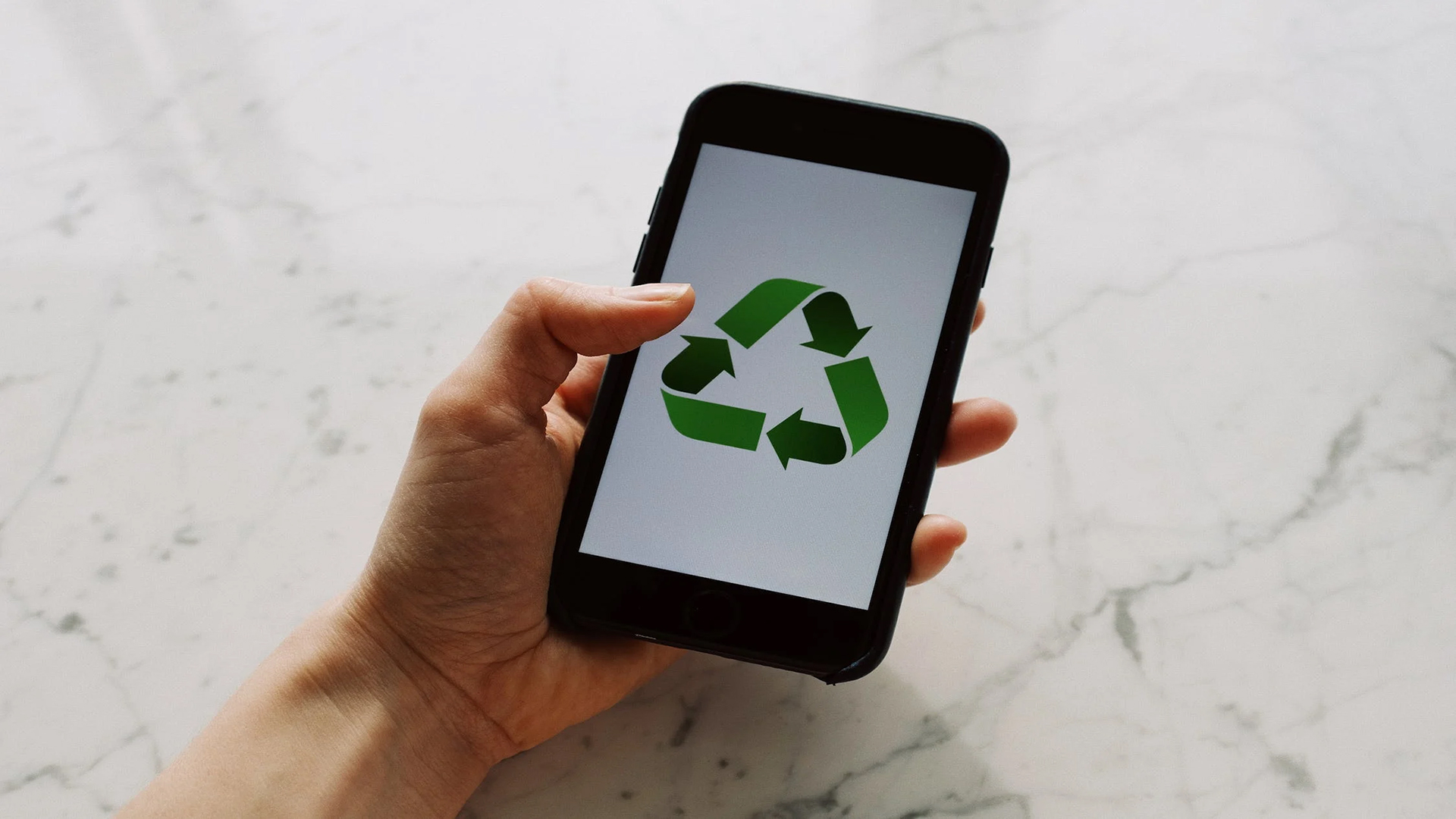The global economy is slowing down due to high inflation, high energy and commodity prices, and the cost-of-living crisis with its impact on sustainability.
These factors are no strangers to sustainable products, making them unaffordable for consumers on an increasingly tight budget.
So, in the face of the rising cost of living, is sustainable fashion still a priority?

Global crisis in the cost of living
The global cost of living is taking a hit. It is a product of the climate crisis and the pandemic, which altered the production and distribution of the supply chain, raising costs internationally.
Likewise, the conflict between Ukraine (one of the largest agricultural producers) and Russia (one of the largest producers of gas and oil) aggravated this situation by further increasing energy and food prices, exacerbating their shortages.
According to the World Economic Forum, the poorest families are the most affected by price increases. The cost of food and energy accounts for a larger proportion of their monthly expenses, in some cases doubled.
According to the UNDP, the escalation of these costs has caused 71 million people in developing countries to fall into poverty.
On the other hand, the World Economic Forum warns that the cost-of-living crisis will be the biggest global risk in the next two years, followed by natural disasters, extreme weather events, and geoeconomic fragmentation.
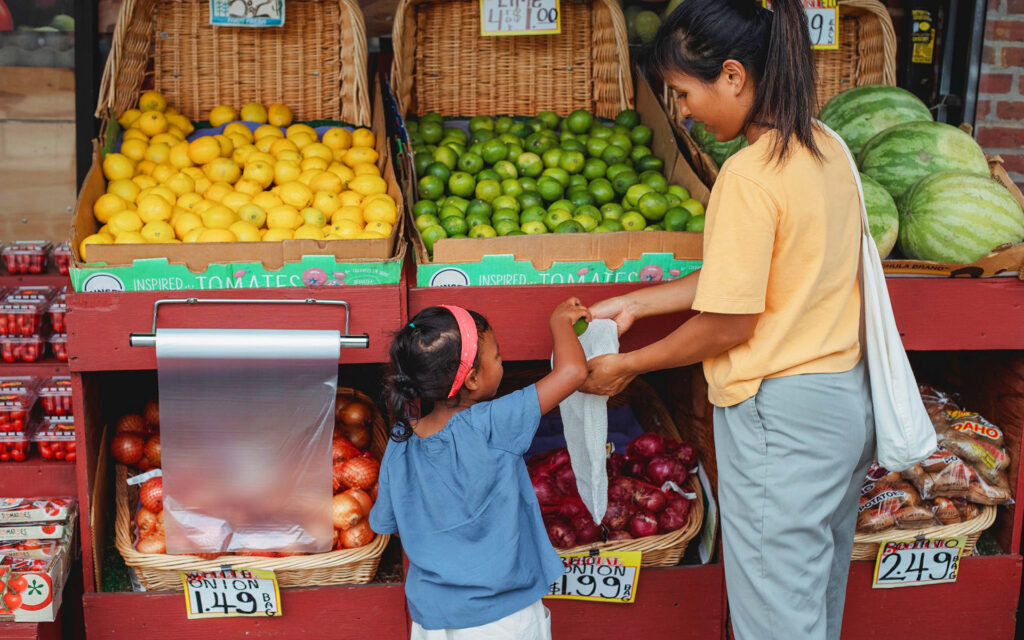
Green Economies
Despite the global situation, many countries are investing in a more sustainable future through green economies. They are creating sustainable development without degrading the environment and improving resources and energy efficiency.
The 2022 Green Future Index, a ranking of 76 economies published by MIT Technology Review Insights, assessed how countries are reducing their carbon emissions, developing clean energy, innovating in green sectors, and implementing climate policies.
According to the ranking, the top 10 positions are:
1. Iceland: generated more electricity from renewable sources than it consumes.
2. Denmark. It has been proactive in its efforts to invest in sustainable energy.
3. The Netherlands. They are leaders in eco-friendly transportation.
4. United Kingdom. World leader in renewable energy generation.
5. Norway. It is in a transition to a circular economy.
6. Finland. It is in the process of decarbonizing the energy sector with hydrogen and infrastructure to meet its carbon neutrality goals by 2035.
7. France. It will invest €7 billion by 2030 to support the development of renewable and low-carbon hydrogen.
8. Germany. It opposes the recent proposal of the EU’s green labeling system to classify nuclear projects as eligible for green infrastructure funds.
9. Sweden: average per capita meat consumption has decreased to contribute to sustainability.
10. South Korea. It is working to mitigate the impact of waste in Asia’s largest coffee economy by introducing a Deposit Return System.
A significant increase in investment in sustainable energy systems in developing countries is crucial for the world to achieve climate goals by 2030.
Rebeca Grynspan, Secretary-General of UNCTAD.
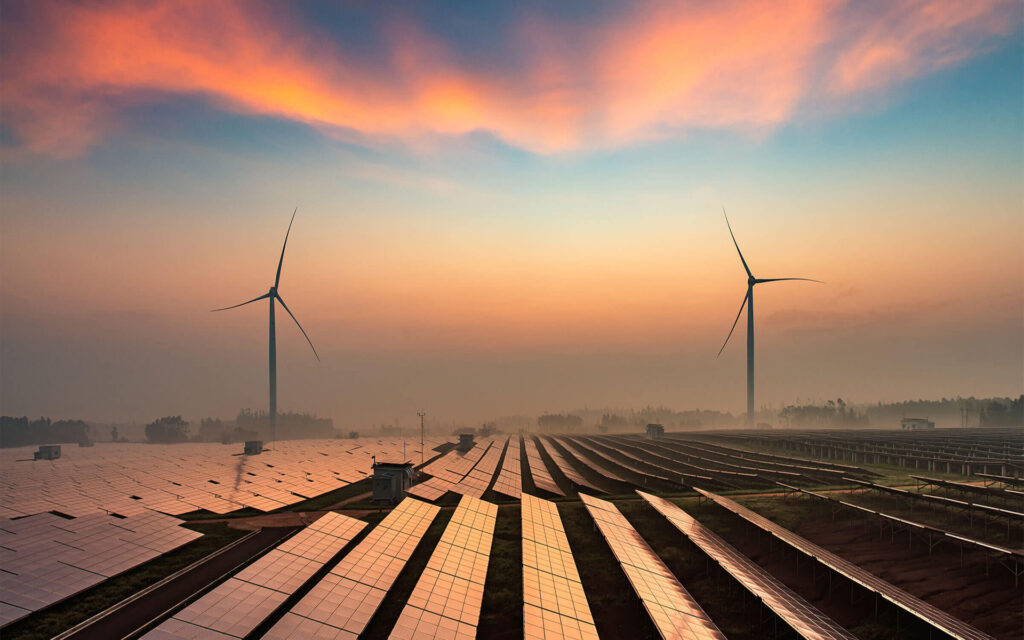
UNCTAD’s (United Nations Conference on Trade and Development) 2023 World Investment Report explains the growing annual investment gap faced by developing countries in their efforts to achieve the Sustainable Development Goals (SDGs) by 2030.
International investment in SDG sectors in developing countries increased in 2022. There was an increase in the number of projects in infrastructure, energy, water and sanitation, agri-food systems, health, and education. The increase since the SDGs were adopted in 2015 is relatively modest due to low growth in the early years and a sharp decline in investment during the pandemic months.
Can the SDGs be achieved?
The 2023 Sustainable Development Report indicated that from 2015 to 2019, little progress was made in meeting the goals. The pandemic and other crises caused progress on the SDGs to come to a standstill around the world.
However, some countries are working to achieve the SDG targets.
This list is topped by Finland, followed by Sweden, Denmark, Czechia, Estonia, Latvia, and the Slovak Republic, which have achieved or are on track to achieve, the highest number of SDG targets according to the report.
By contrast, Lebanon, Yemen, Papua New Guinea, Venezuela, and Myanmar have the highest number of SDG targets where there has been a setback. This shows that in the least developed countries, the SDGs are far from being met.
However, the agency is optimistic that the SDGs remain achievable as none of the goals are out of reach if efforts are redoubled.
To this end, all Member States must commit to adopting long-term sustainable development pathways that provide a step-by-step, medium- and long-term approach to guide their sustainable development policies, accelerating progress on the SDGs to 2030 and setting even more ambitious targets until 2050.
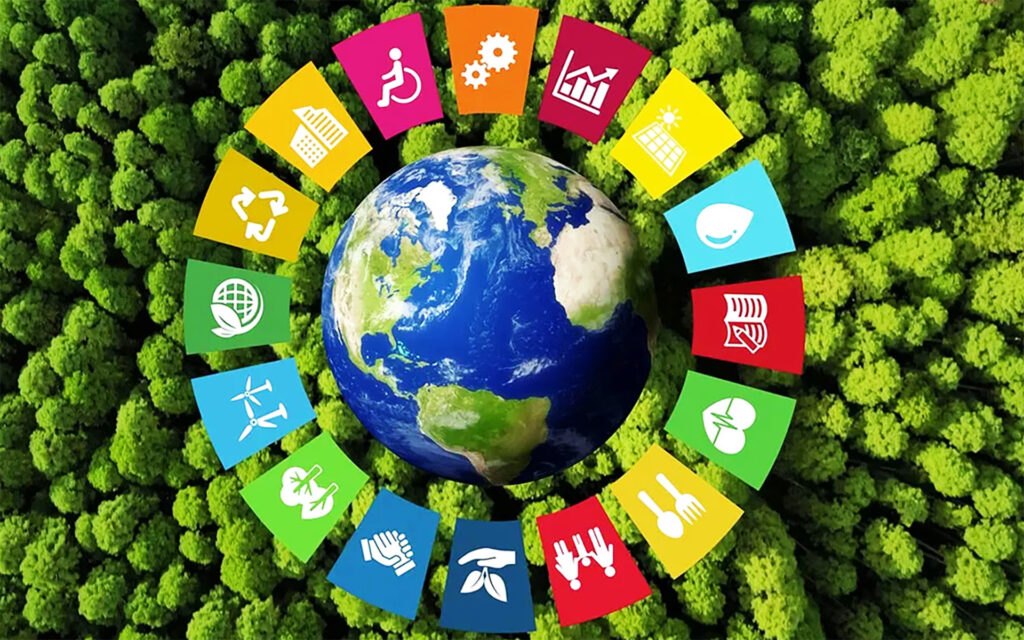
Sustainable Consumer Behavior
Let us take as an example an industry that is under everyone’s eyes and requires real consideration from end consumers: the fashion industry. It has come a long way in terms of sustainability thanks to its mutability. This has allowed it to transform itself into a business: more circular, with innovative materials, which is dedicated to upcycling and textile recycling and the sale of second-hand fashion.
This attitude has gone hand in hand with consumer behavior becoming increasingly aware of their environmental and social footprint. They direct their purchasing decisions towards sustainable products, for which they are willing to pay more.
However, constant inflation and rising prices remain the most immediate threat to the sustainable fashion sector.

Sustainable Consumer
According to Deloitte’s study on consumer attitudes towards sustainability, consumers are still environmentally conscious. On the other hand, given inflationary pressures, the growing adoption of sustainable lifestyles may have more to do with saving money than saving the planet.
Sustainable options need to be made more affordable and accessible for consumers to contribute to the transition to sustainability. While this year more consumers adopted sustainable lifestyles by choosing goods that are more durable or can be easily reused or repaired.
According to their conclusions:
- A quarter of consumers are willing to pay more for sustainability.
- Among the behaviors with the greatest increase in adoption this year are buying more second-hand items, paying more for more durable products, repairing more, and using the car less.
- Compared to 2022, the proportion of consumers considering circularity has increased.
- In 2023, more consumers will consider durability and repairability when making a purchase. They will be keeping an eye on whether products carry the label of responsibly sourced or manufactured, or if they support biodiversity.
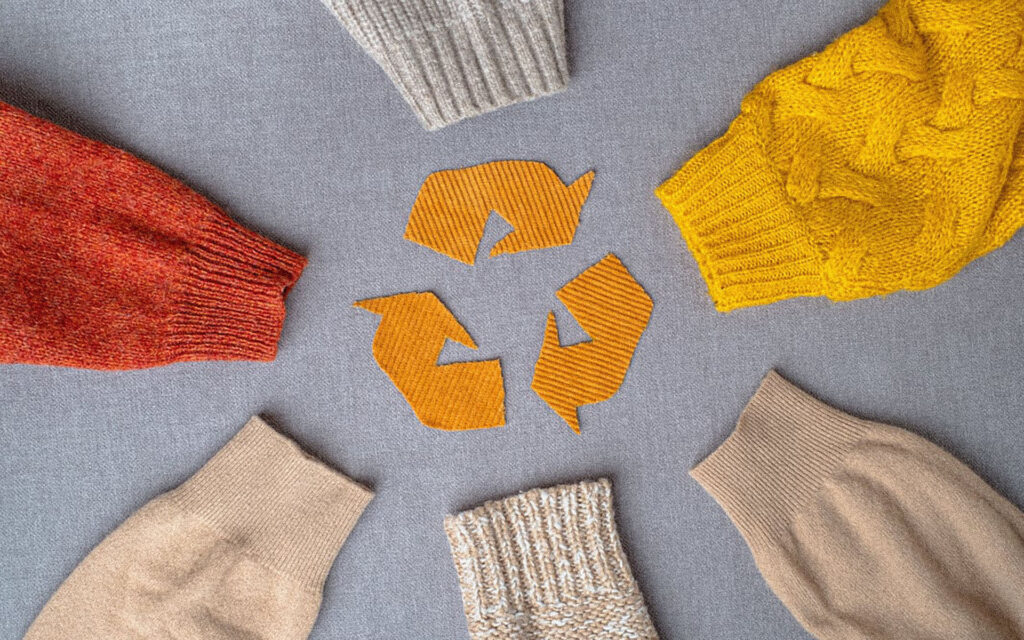
Predictions for a greener future
According to the IMF’s latest forecasts, global economic growth will slow to 2.9% in 2024.
While emerging markets and developing economies will have a modest decline in growth to 4.0% in 2024; Global inflation will steadily decline to 5.8% in 2024, due to tighter monetary policy helped by lower international commodity prices.
About consumers, in 2024 they will be more prudent when it comes to buying by maximizing economic value.
According to Forbes magazine, by 2024 consumers will have less money to spend from their current incomes. They will not have any surplus savings left, expecting a sharp decline in discretionary spending.
However one of the key aspects of sustainability in the coming years will be the rapid growth of renewable energy sources.
By 2024, governments will offer incentives to encourage the adoption of electric vehicles and major automakers will invest heavily in the production of these vehicles, replacing a substantial portion of internal combustion engine vehicles, reducing emissions, and improving air quality.


